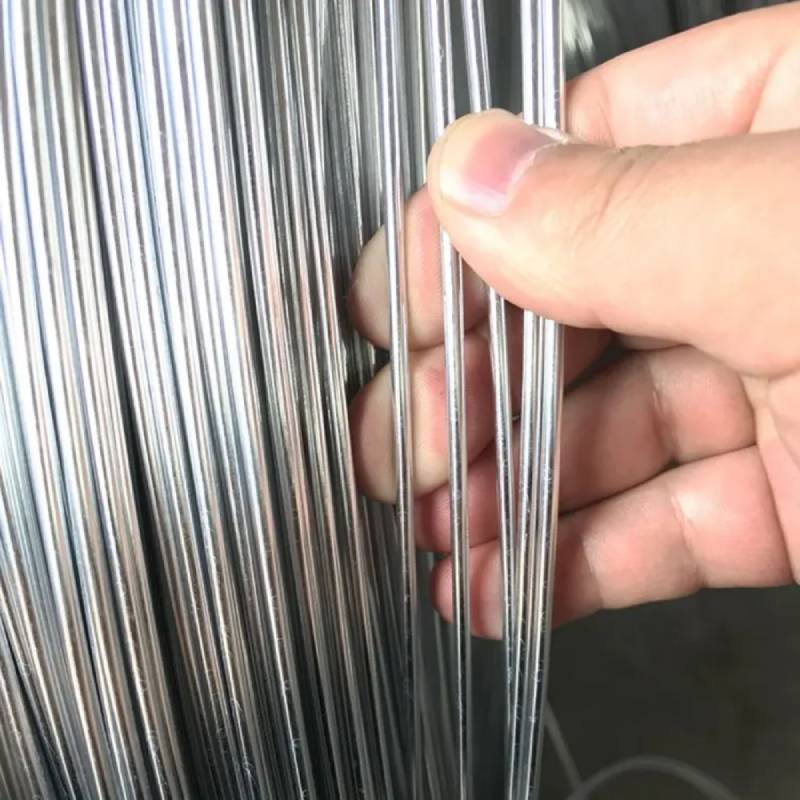wire netting for plants
The Role of Wire Netting in Plant Care and Garden Design
In the realm of gardening and horticulture, the use of wire netting has emerged as an essential tool for both amateur and professional gardeners alike. This versatile gardening aid plays a significant role in the protection and support of plants, offering various benefits that enhance the overall health and aesthetics of any garden. In this article, we will explore the advantages of using wire netting for plants, the different types available, and the creative ways in which it can be employed in garden design.
What is Wire Netting?
Wire netting, commonly referred to as wire mesh or chicken wire, consists of interconnected and woven metal wires. This material is available in various sizes and shapes, providing versatility for different gardening needs. The netting is primarily used for protection against pests and animals, preventing them from damaging plants, climbing structures, or getting into garden beds.
Benefits of Using Wire Netting
1. Protection from Wildlife One of the key advantages of wire netting is its ability to protect plants from birds, rabbits, deer, and other foraging animals. These creatures can cause significant damage to young seedlings, fruits, and vegetables. By surrounding vulnerable plants with wire netting, gardeners can create a barrier that deters animals and promotes healthy growth.
2. Support for Climbing Plants Many plants, such as vines and climbing roses, require support to reach their full potential. Wire netting can be used to create trellises or supports that allow these plants to climb safely. This not only enhances the visual appeal of the garden but also maximizes space, promoting better air circulation and sunlight penetration.
3. Preventing Soil Erosion In gardening situations where soil stability is a concern, wire netting can be effectively used to hold soil in place. By creating a supportive framework, it can reinforce plant roots and reduce the risk of erosion during heavy rains.
4. Aesthetic Considerations Beyond its functional uses, wire netting can add aesthetic value to a garden. It can be integrated into various designs, such as rustic trellises, decorative fences, or as part of vertical gardens. Using wire netting creatively can transform ordinary plants into stunning focal points.
Types of Wire Netting
wire netting for plants

Wire netting comes in several types, each suited for different gardening applications
- Chicken Wire The most common type, chicken wire is flexible and easy to work with. It is ideal for enclosing garden beds to keep animals out. - Hardware Cloth With smaller openings and a sturdier design, hardware cloth offers better protection against smaller pests and can be used for more permanent installations.
- Mesh Netting Light and generally more decorative, mesh netting can be used for climbing plants or as a temporary barrier to protect delicate seedlings.
Creative Uses in Garden Design
1. Vertical Gardens Utilizing wire netting in building vertical gardens allows limited space gardens to flourish. Simply attach wire netting to a wall or structure and plant climbing plants at the base, guiding them to grow upwards.
2. Garden Dividers Wire netting can be an effective way to divide garden spaces, creating visual interest and structure while keeping plants distinct and organized.
3. Artistic Installations In contemporary garden design, wire netting can be fashioned into artistic shapes or sculptures that add a unique element to outdoor spaces, bringing an artistic flair to the natural surroundings.
4. Planter Supports Create a wire support inside planters for taller plants. This method ensures plants grow upright, allowing for better light access and air circulation.
Conclusion
Wire netting is a multifaceted tool that offers more than just protection; it supports plant growth, prevents erosion, and provides aesthetic appeal. For any gardener looking to enhance their garden, incorporating wire netting can lead to healthier plants, efficient use of space, and unique design elements. Whether protecting young plants from wildlife or creating beautiful climbing structures, the benefits of wire netting are undeniable, making it a staple in modern gardening practices.
-
Space-Saving Chain Fence Hacks Vertical Gardening with Cyclone MeshNewsJul.16,2025
-
Innovations in Iron Nail Wire Production for Modern ConstructionNewsJul.16,2025
-
Creative Uses of Wire Netting Fence in Modern Landscape DesignNewsJul.16,2025
-
Barbed Wire Fence Innovations in Anti-Climb TechnologyNewsJul.16,2025
-
Architectural Uses of Umbrella Nails for Aesthetic Roof DesignsNewsJul.16,2025
-
Architectural Uses of Razor Barbed Wire in Secure Urban DesignNewsJul.16,2025




